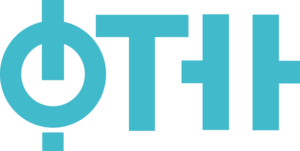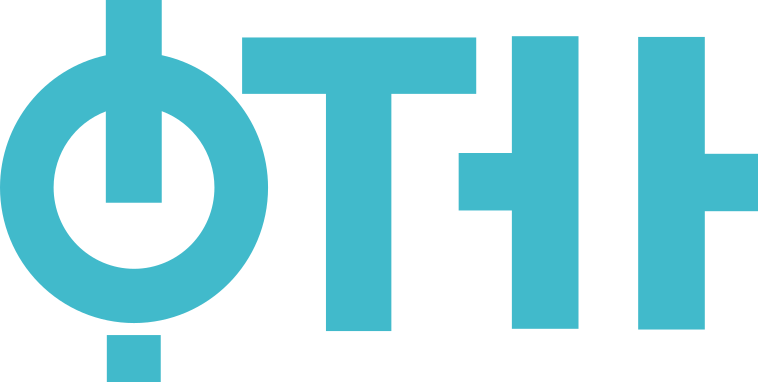Subject: Structures, materials and building (17.A202 )
Native organizations units: Department of Civil Engineering
Study programmes of the course:
| Type of studies | Title |
|---|---|
| Undergraduate Academic Studies | Architecture (Year: 1, Semester: Winter) |
| Category | Scientific-professional |
| Scientific or art field |
|
| ECTS | 5 |
Acquiring knowledge about basic properties and application of building materials, types of structures and techniques of construction of architectural objects. Understanding the interconnections between the selected building material, structure and construction method. Application of acquired knowledge in design of architectural objects.
Student possesses theoretical and expert knowledge of the basic properties of building materials, the possibilities of their application, the basic elements and connections of various structural systems and the limitations of their application, as well as the advantages and disadvantages of the prefabricated and monolithic construction methods. Ability of understanding the synthesis of building materials, different structural systems and methods of building while solving different designing problems and building architectural objects.
Types of testing of building materials. Structure and compositions of materials. The basic properties of building materials (general and specific properties, physical and mechanical). Basic structural building materials (history, definitions, classification). Elements of building (bearing structure, partition walls, envelope and installations). External and internal forces and balancing conditions. Elements of bearing structures – structure system. Connections and supports. Linear structural elements (columns, beams, arches, grids, frames). Surface structural elements (slabs, walls, arches, shells). Facility foundation (shallow and deep foundations). Types and selection of the structural system depending on the material used for construction and building method (massive, skeletal and mixed).Classification of structures according to the method of building and techniques of building monolithic, assembled and assembled-monolithic structures.
Lectures, auditory and laboratory practice and consultations. Student's effort and progress during lectures and exercises are evaluated as well as its homework and graphic work. The exam is organized in a form of a test with large number of short theoretical questions and computational tasks. Parts of the lectures can be taken through two colloquiums during semester.
| Authors | Title | Year | Publisher | Language |
|---|
| Course activity | Pre-examination | Obligations | Number of points |
|---|---|---|---|
| Homework | Yes | Yes | 5.00 |
| Graphic paper | Yes | Yes | 20.00 |
| Lecture attendance | Yes | Yes | 3.00 |
| Coloquium exam | No | No | 20.00 |
| Written part of the exam - tasks and theory | No | Yes | 70.00 |
| Coloquium exam | No | No | 20.00 |
| Exercise attendance | Yes | Yes | 2.00 |
Assoc. Prof. Bulatović Vesna
Associate Professor
Lectures
Asst. Prof. Šupić Slobodan
Assistant Professor
Lectures

Assistant - Master Pantić Vladan
Assistant - Master
Practical classes
Faculty of Technical Sciences

© 2024. Faculty of Technical Sciences.
Contact:
Address: Trg Dositeja Obradovića 6, 21102 Novi Sad
© 2024. Faculty of Technical Sciences.



